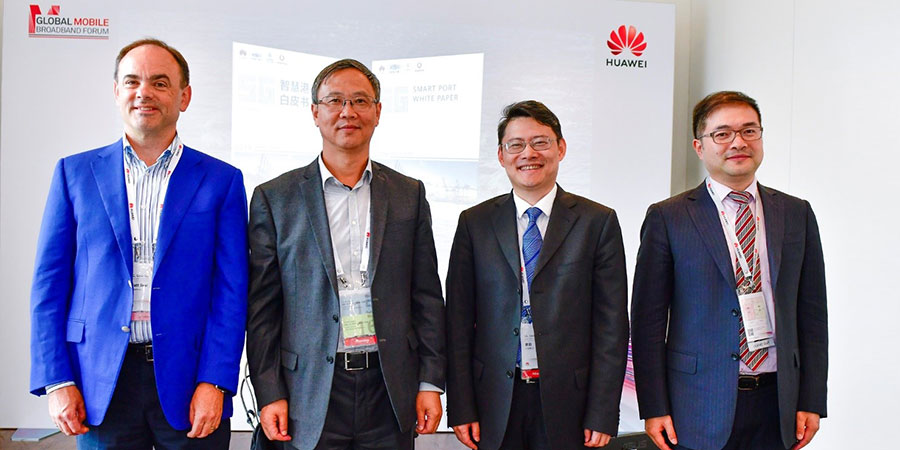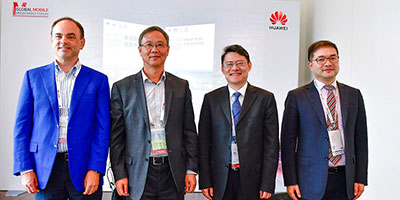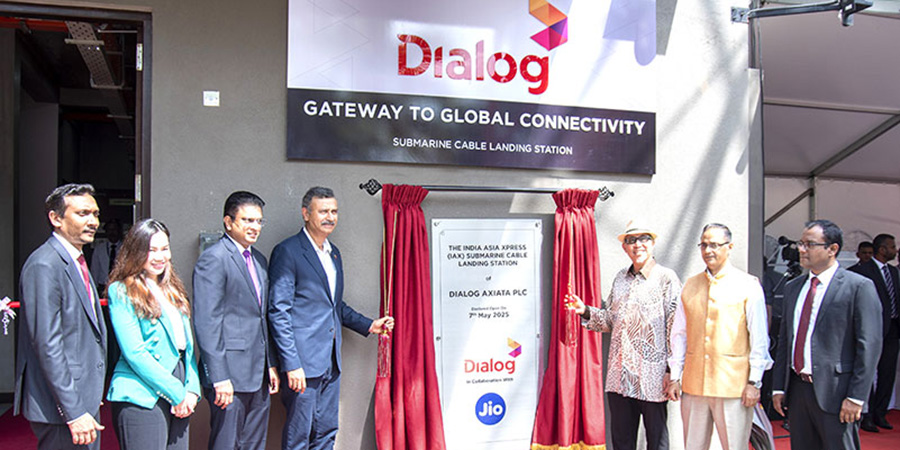
At 2019 Globe Mobile Broadband Forum (MBBF 2019), Shanghai Zhenhua Heavy Industries Company (ZPMC), Vodafone, China Mobile and Huawei jointly released a new 5G Smart Port White Paper. The white paper provides a deep interpretation of 5G use cases in building an automation and intelligent port, aiming to accelerate application research and project commercialization.
As the hub of modern transportation, ports play an important role in promoting international trade. According to relevant statistics, about 90% of global trade relies on maritime transportation. Efficiency is the lynchpin of the port industry. Traditional ports rely on human resources to operate container cranes under harsh working environments, with heavy labor intensity and insufficient personnel. As a result, the rapid development of global sea transportation cannot be met as required. Port automation and intelligent reconstruction have become the industry’s overarching goals.
With 5G gearing up, thanks to its low latency, large bandwidth and high reliability, 5G will provide a new communication solution for port equipment and inject new impetus into smart port reconstruction. Based on experience from ZPMC and Huawei, improving container transfer efficiency is the main service requirement for ports, and rubber-tyred gantry (RTG) crane is the first priority scenario. With large bandwidth capability of 5G, real-time transmission of High Definition (HD) videos can be realized, and low latency capability of 5G can realize remote real-time control based on programmable logic controllers (PLCs). The operators can complete gantry crane operations (such as precise movement of cranes or lifting appliances and container pickup) remotely from the central control room. One operator can control multiple gantry cranes while working in a favorable environment, greatly improving working efficiency.
In addition, 5G can provide convenient and low-cost wireless network connections for multiple applications, such as autonomous driving of automated guided vehicles (AGV) and Intelligent Guided Vehicle (IGV), video management in port. In combination with edge computing and AI, 5G can help synchronize and coordinate port devices and production systems, improve the intelligence and operational efficiency.
Du Yeqing, Vice President of Huawei’s 5G Product Line, said that 5G will not only bring revolutionary experience enhancement to terminal consumers, but also accelerate the digitalization, automation and intelligent transformation of vertical industries. Besides providing high-quality 5G network connections with global operators, Huawei is also looking forward to cooperating with global ecosystem partners to Cultivate new opportunities. With the release of this white paper, Huawei will work with ZPMC, Vodafone and China Mobile to develop more effective solutions for port customers leveraging technologies such as AI, cloud computing, big data, and IoT.
During MBBF 2019, Huawei also held the 3rd Open Site Industry Roundtable to promote policy support for site approval simplification and site ecosystem development while opening up necessary devices information. This move aims to help industry partners design public utility facilities that will accommodate 5G base stations.
The event also saw the joint announcement of Sunrise and Huawei’s 5G indoor deployments in multiple venues including Sunrise shops, hotels and an exhibition hall. This is the first batch of commercial 5G indoor networks in Switzerland and Europe using Huawei 5G LampSite solution.







